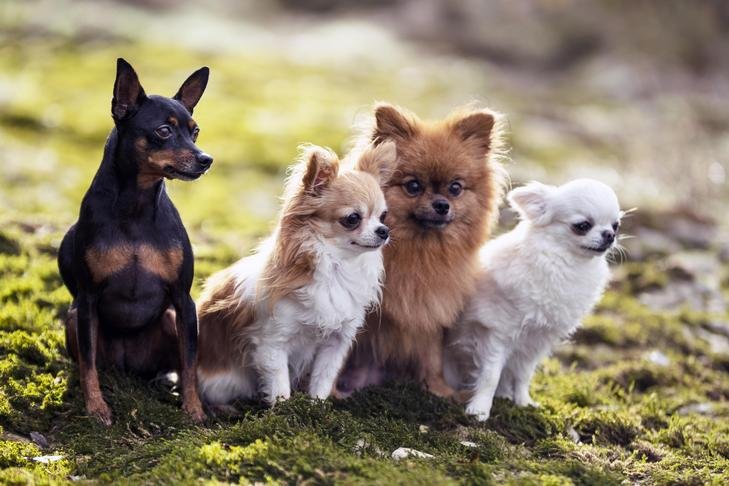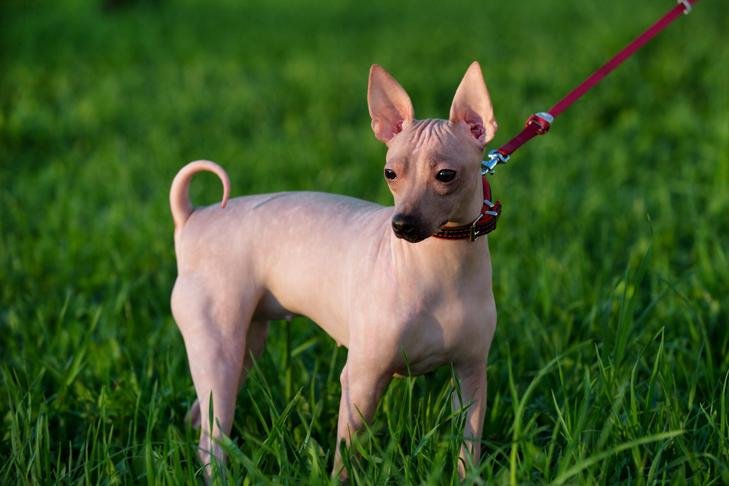Small dogs are often underestimated when it comes to training. Many people believe that because of their size, these pint-sized pooches don’t need as much attention or effort when it comes to training and socialization. However, as any seasoned dog trainer knows, small dogs require just as much (if not more) training than their larger counterparts to be well-adjusted, confident, and well-behaved. Whether you’re a first-time small dog owner or an experienced handler, it’s essential to understand the unique needs of smaller breeds to help them thrive.
Small Dogs Deserve Training Too
Many small dog owners make the mistake of thinking their dog’s small size means they don’t need as much training or socialization. In fact, neglecting training and socialization can lead to behavioral issues, such as excessive barking, fear-based reactions, and even aggressive tendencies. A small dog with no training can easily become a nuisance, and can even pose challenges in social situations.
As Mallory Kratimenos, a dog trainer specializing in small breeds, points out, small dogs are still dogs—they just happen to be smaller in stature. And like any dog, they require proper training and mental stimulation to be happy and well-behaved. “Small dogs aren’t a separate species,” says Kratimenos. “The ‘small’ is only descriptive of their size.” Just like large dogs, they need structured training that teaches them how to interact with the world in a calm, controlled way.
Socialization: The Key to a Confident Small Dog
One of the most important aspects of training any dog is socialization, and small dogs are no exception. In fact, because of their size, they are often more susceptible to fear-based reactions if they are not adequately socialized. Small dogs can develop a reputation for being yappy or reactive, but this behavior is often the result of lack of exposure to new people, places, and other animals. Socialization allows your puppy to learn how to navigate the world confidently and politely, preventing fear-based behaviors down the road.

Start socializing your small breed puppy early on by exposing them to various situations, people, animals, and environments. This doesn’t mean forcing them into uncomfortable situations, but rather offering positive experiences where they can learn to feel at ease. For puppies who may have missed out on early socialization, Kratimenos advises pairing new experiences with rewards, creating positive associations with new and potentially scary situations.
Safety First: Training with Caution
When working with small dogs, safety should always be a top priority. Small dogs can easily be injured during interactions with larger dogs, especially if the larger dog is unfamiliar or poorly trained. When socializing your small dog with others, always ensure that the other dogs are well-behaved and gentle. Ideally, small dogs should be paired with dogs of similar size to minimize the risk of injury.
If you are planning to attend a training class with your small breed puppy, check in with the instructor beforehand to ensure that the class will provide safe and controlled interactions between dogs. The goal is to help your dog develop confidence around other dogs, but always within a safe and supportive environment.
The Importance of Distance and Focused Training
Socializing your small dog doesn’t necessarily mean they need to interact with every dog they meet. It’s essential to practice training exercises in situations where your dog can focus on you rather than being distracted by larger or unfamiliar dogs. This approach helps them build confidence without the risk of becoming overwhelmed or frightened.

For instance, if your small dog is nervous about larger dogs, work on getting their attention while keeping a safe distance from the larger dog. Reward your dog for calmly focusing on you, even in the presence of a big distraction. This type of training desensitizes your dog to larger dogs and teaches them that they don’t need to react with fear or aggression.
Should You Pick Up Your Small Dog?
One of the unique aspects of owning a small dog is the temptation to pick them up when they feel threatened or scared. While it’s natural to want to protect your dog, picking them up constantly can sometimes have unintended consequences. It may make them feel more stressed or insecure, and could even increase the likelihood of unwanted behaviors, such as biting or snapping, if they feel trapped or overwhelmed.
That said, there are situations where picking up your small dog may be necessary to keep them safe, especially if there’s a large, unruly dog nearby. In these cases, Kratimenos suggests teaching your dog to be picked up on cue. This not only helps avoid startling your dog, but also turns being lifted into a positive experience that they associate with comfort and safety.
Building Confidence Through Positive Reinforcement
When training small dogs, one of the most effective methods is positive reinforcement. Reward your dog with treats, praise, and affection when they display desired behaviors. However, it’s important to ensure that the training process is not overwhelming for your dog, especially when it comes to fear-inducing situations.
For example, if your dog is afraid of something—like a vacuum cleaner—reward them for observing the object calmly from a distance, rather than pushing them to get too close. Gradually decrease the distance between your dog and the object, while continuing to use rewards to reinforce calm behavior. By pairing feared objects or situations with positive experiences, your dog learns to associate them with safety and good things.

Offering Small Dogs Choices
Small dogs often communicate their discomfort in subtle ways, so it’s important to observe their body language and respect their boundaries. Kratimenos emphasizes the importance of offering your dog choices whenever possible. Let them decide when they’re comfortable being picked up or engaging in an activity. Allowing your dog to take breaks and step away from stressors can help them feel more secure and less likely to react aggressively.
Recognizing when your dog needs space can prevent behaviors like barking or lunging from escalating. By empowering your small dog to make choices and giving them control over their environment, you can build a stronger, more trusting relationship.
Final Thoughts: The Power of Patience and Understanding
Training small dogs is no different from training large dogs in many ways, but their small size and the unique challenges that come with it require a bit of extra thought and consideration. By providing proper training, socialization, and positive reinforcement, you can help your small dog develop into a well-behaved, confident companion.
Remember, small dogs are still dogs at heart. They deserve the same level of care, attention, and training as larger breeds. By understanding their specific needs and creating a supportive training environment, you’ll set your small dog up for a lifetime of happiness and good behavior.


